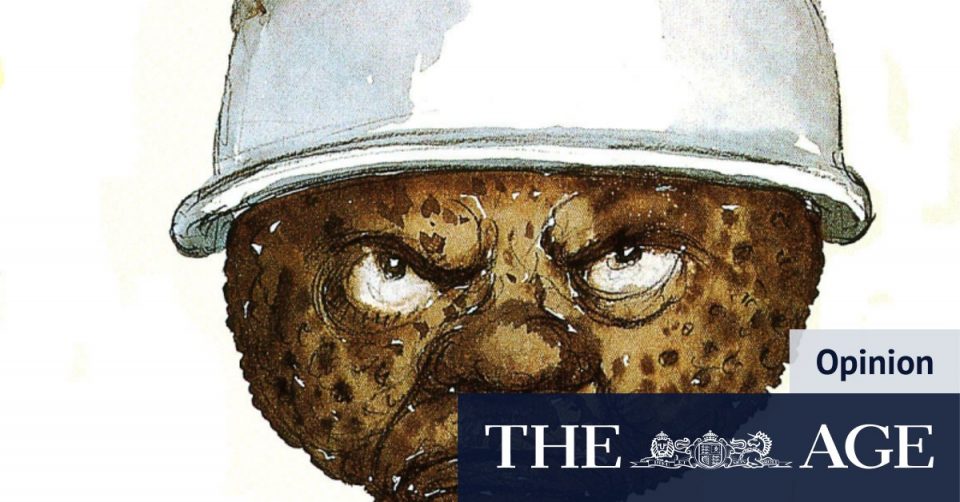That was dramatically derailed when the Delta strain crashed in, plunging Victoria into a crushing lockdown that would bring the state economy to a grinding halt.

The government’s budget predictions were derailed by the outbreak of the Delta variant.Credit:Joe Armao
Seven months later, Treasury is once again optimistic. This time it reckons Victoria will return to the same growth path it mapped out in the May budget, although the peak will be reached about 12 months later than first thought. Blame Delta for that.
In its mid-financial year budget update, released last week, it predicted growth will hit 4.5 per cent next financial year.
The thinking (perhaps “hope” is a better word) is that the “stellar bounceback” will pad the bottom line with billions of dollars of extra revenue from stamp duty, payroll taxes and land taxes, allowing the budget to gradually arc back to surplus over time.
The state’s budget deficit is now expected to hit $19.5 billion in 2021-22 – $7.9 billion more than the prediction made seven months ago in the May budget – shrinking to a relatively manageable $2.1 billion by 2024-25.
Loading
If you want a sense of how risky this strategy is, turn to page 159 of the budget update. Buried in Appendix D is Treasury’s “sensitivity analysis” – a section where a bunch of smart people use a big computer to assess the various risks to the Government’s forecasts.
High among them is the risk that the world economic recovery is undermined by the emergence of a vaccine resistant COVID-19 strain.
Having blown up Treasury’s predictions once this year already with the emergence of the Delta strain, could the new Omicron strain be about to do it a second time?
Treasury’s “baseline” forecasts are built around the International Monetary Fund’s prediction that the global economy will grow by 5.9 per cent in 2021 and 4.9 per cent in 2022.
But if global growth turns out to be just 1.6 per centage points lower in 2022 than expected because of the emergence of a vaccine resistant strain, the impact on the state economy and the budget could once again be significant, particularly if it delays the return of overseas students and tourists.
According to Treasury, Victoria’s gross state product would be 0.65 per cent lower next year and 0.73 per cent lower the year after that.
This would in turn slice about $1.1 billion from the bottom line, compared to Treasury’s more optimistic “base case”.
That would leave the state with an extra one billion dollars of extra state debt by mid-2025, even before factoring in other spending that would likely be needed to insulate the economy.
The problem for the Andrews government is that after two years of pandemic, it has very little wriggle room left.
Loading
Victoria already has one of the highest tax hauls as a proportion of the economy in the nation, equivalent to about 5 per cent of the state economy.
By the middle of 2025, Victoria’s net debt – which represents the accumulated impact budget deficits – is expected to have reached almost $163 billion, equivalent to 27.9 per cent of the state economy. That’s double the prediction for NSW.
And that’s the optimistic scenario. Plum duff, anyone?


